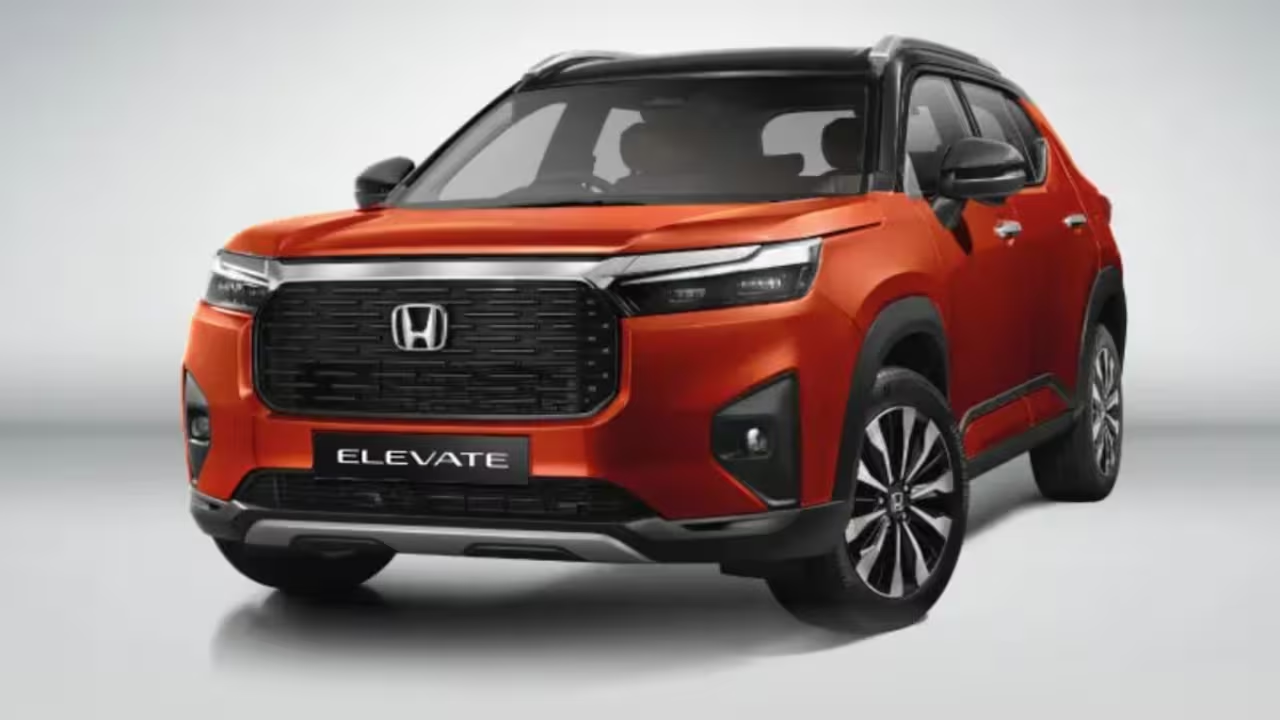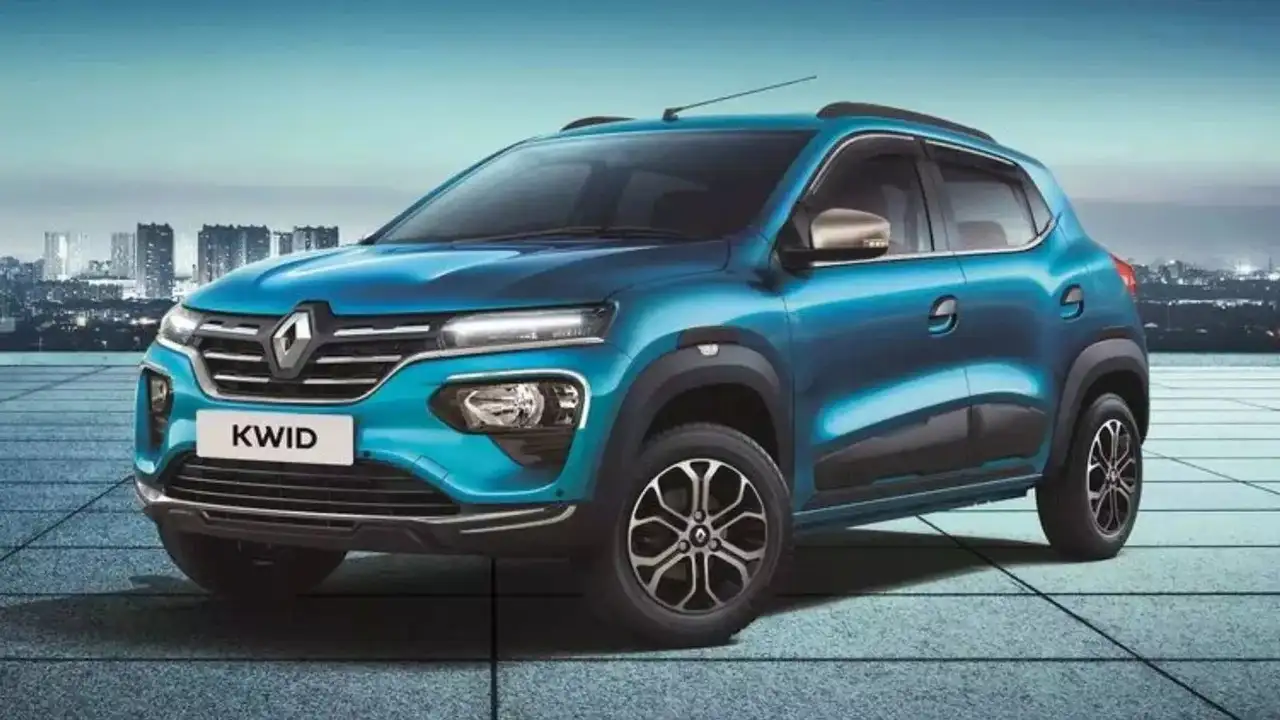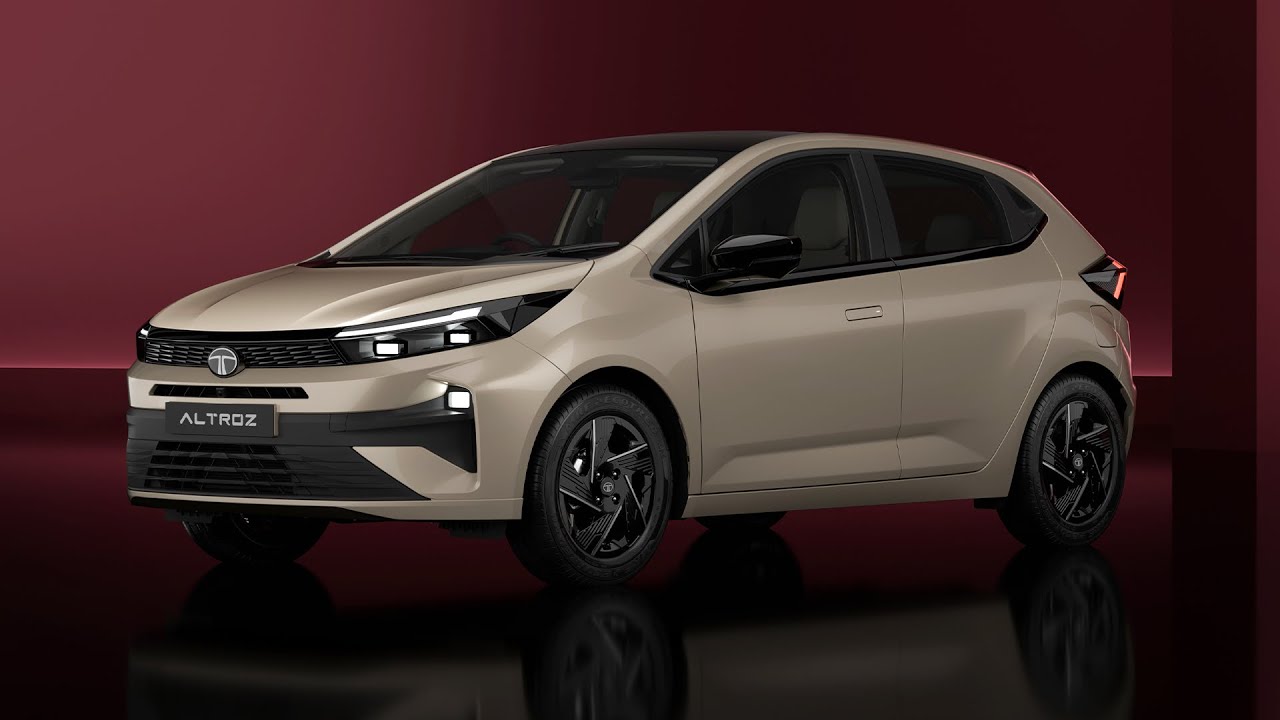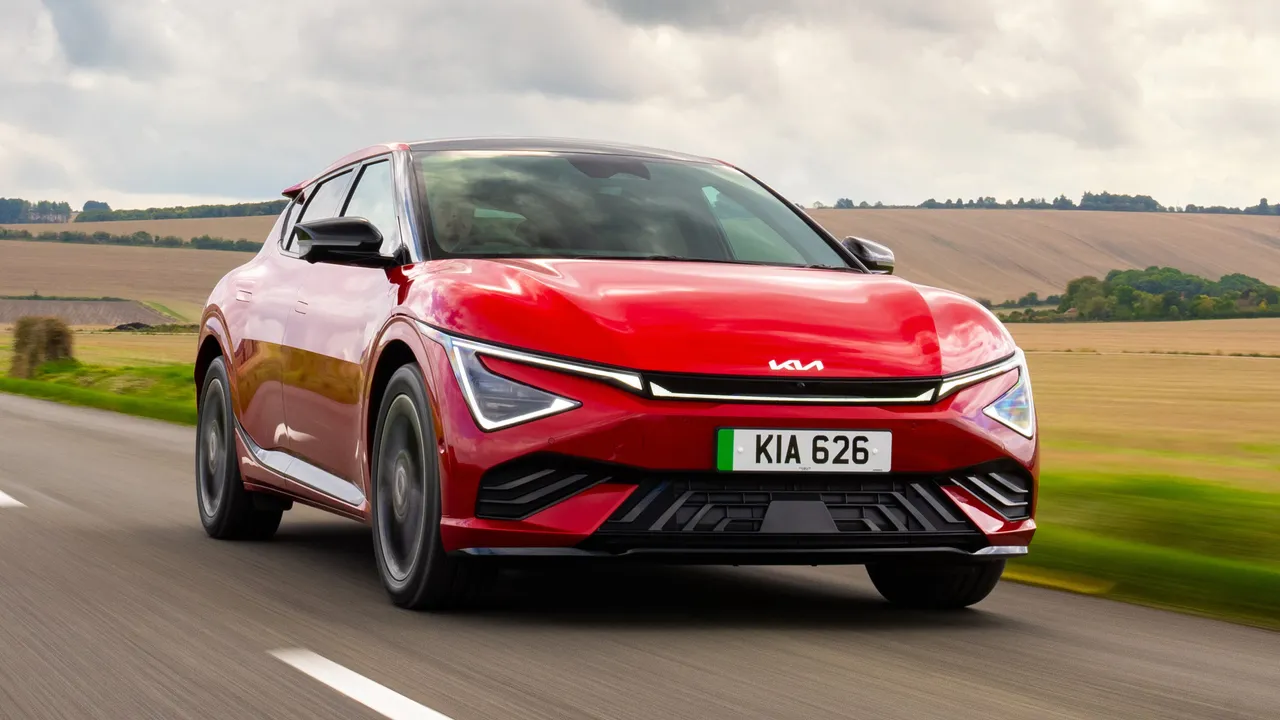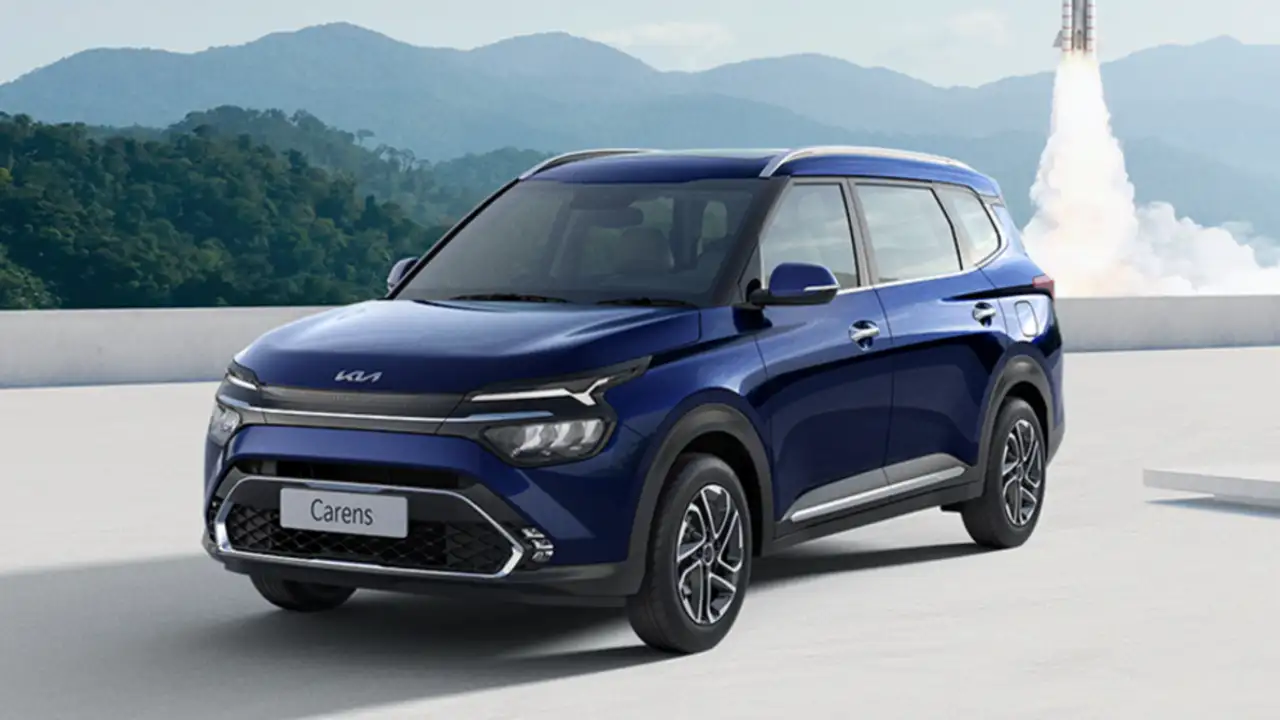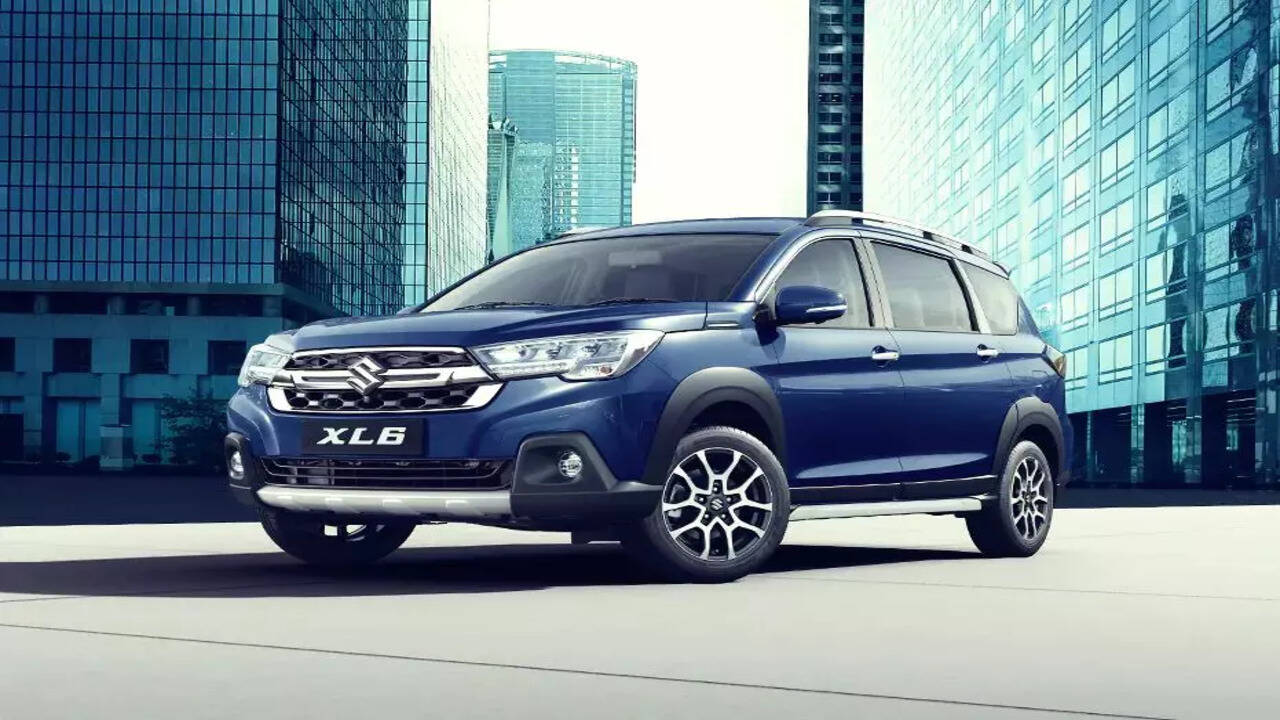SAIC Motor Corporation, one of China’s largest automakers, is facing significant challenges in its quest for global expansion. Despite strong domestic performance and ambitious plans to establish itself as a global player, the company’s growth trajectory has been hindered by notable gaps in its product portfolio. These gaps have limited SAIC’s ability to meet the evolving demands of international markets, slowing its progress and raising concerns about the future of its expansion strategy.
SAIC’s Global Ambitions and Challenges
SAIC Motor Corporation, a key subsidiary of the Shanghai Automotive Industry Corporation, has long been a dominant force in the Chinese automotive sector. As China’s automotive market has matured, SAIC has shifted its focus toward expanding its reach beyond national borders. The company has entered various international markets, including Southeast Asia, Europe, and even parts of Africa, with the hope of becoming a major global player in the automotive industry.
While the company has had some success with its international ventures, particularly through joint ventures with global brands such as General Motors and Volkswagen, its expansion efforts have faced significant roadblocks. One of the key factors contributing to SAIC’s struggle to gain significant traction in foreign markets is its lack of a diverse and competitive product lineup.
Product Gaps and Their Impact on Expansion
SAIC’s current product portfolio lacks the breadth and flexibility needed to cater to the diverse needs of international consumers. The company’s focus has been predominantly on producing affordable vehicles that appeal to the mass market. However, this approach has left significant gaps in key segments such as premium cars, electric vehicles (EVs), and hybrid options—categories that are rapidly gaining popularity in markets across the globe.
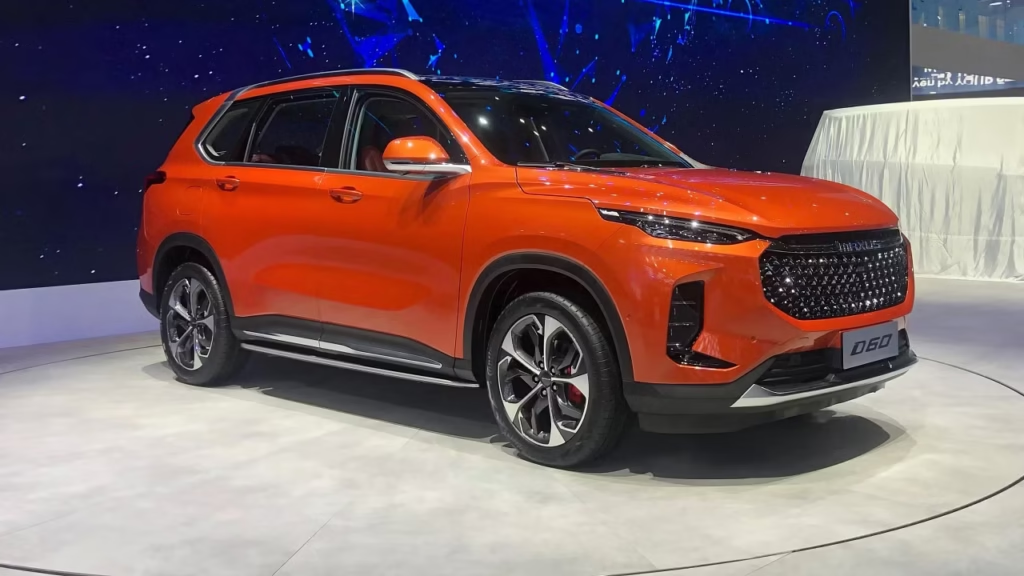
1. Lack of Premium and Luxury Offerings
In markets like Europe and North America, where consumers often prioritize luxury, performance, and advanced features, SAIC’s product offerings have not been able to compete with established brands. While the company offers affordable, reliable vehicles, it has yet to establish a strong presence in the premium segment, where competition from European giants like BMW, Mercedes-Benz, and Audi is fierce.
Without a range of high-end vehicles, SAIC struggles to attract a wider audience in these regions. Consumers in these markets are increasingly seeking sophisticated designs, cutting-edge technology, and superior performance—all attributes typically found in premium brands. While SAIC’s lower-priced models may appeal to budget-conscious buyers, the absence of luxury options limits the brand’s appeal to a broader demographic.
2. Slow Move Toward Electric Vehicles
As the global automotive industry shifts toward electric mobility, companies that fail to invest in EVs risk falling behind. SAIC has made some strides in developing electric vehicles, particularly through its joint ventures with brands like GM and Volkswagen. However, its efforts to develop a competitive lineup of fully electric and hybrid vehicles have been slow and insufficient in the face of rapidly growing demand.
International markets, especially in Europe and North America, are increasingly demanding cleaner, more sustainable vehicles. Many countries are introducing strict emissions regulations and providing incentives for consumers to choose electric or hybrid models. Despite this, SAIC’s portfolio still lags behind in offering a comprehensive selection of electric vehicles with competitive range, charging infrastructure, and innovative technology.
While other global automakers have aggressively expanded their electric offerings, SAIC’s EV models remain limited in number and scope. This has put the company at a disadvantage, particularly as consumers become more eco-conscious and governments continue to tighten environmental regulations.
3. Missing Key Market Segments
Another challenge for SAIC’s global expansion is its failure to diversify its product range to include vehicles that are popular in specific international markets. For example, in regions like Europe and North America, compact SUVs, crossovers, and electric vehicles are rapidly gaining market share. However, SAIC has not consistently met this demand with models that cater specifically to these growing segments.
Consumers in many global markets are increasingly gravitating toward versatile, fuel-efficient crossovers and SUVs. Unfortunately, SAIC’s current portfolio does not feature enough of these models to compete effectively with regional and international brands that dominate this segment. Without a comprehensive lineup that includes the most in-demand vehicle types, SAIC struggles to appeal to a broad spectrum of buyers.
The Road Ahead for SAIC: Bridging the Gaps
To overcome these product gaps and drive successful expansion, SAIC must make strategic adjustments to its approach. Addressing the following key areas will be essential for the company’s future success:
1. Expansion of the EV and Hybrid Portfolio
SAIC must accelerate its investment in electric and hybrid vehicles to stay competitive in global markets. With the transition to electric mobility gaining momentum worldwide, the company has a crucial opportunity to capitalize on the growing demand for sustainable vehicles. By increasing the variety and quality of its electric models, SAIC can better position itself to meet consumer demand for cleaner, more efficient cars.
The company should also focus on offering vehicles that cater to different consumer needs, including long-range EVs and affordable options for the mass market. Additionally, investing in the development of charging infrastructure and partnering with other industry players could help boost the adoption of SAIC’s EVs in regions where the demand is rapidly rising.
2. Introducing Premium and Luxury Models
To successfully compete in international markets, particularly in Europe and North America, SAIC must introduce premium and luxury vehicles that can rival those of established global automakers. Developing high-end models with cutting-edge technology, superior performance, and stylish designs will help attract wealthier buyers who are willing to invest in a higher-quality vehicle.
By creating a luxury sub-brand or partnering with established names in the automotive industry, SAIC can tap into a lucrative market segment that has traditionally been dominated by European and Japanese automakers. This strategy could also help the company build brand credibility and gain recognition among international consumers.
3. Customization for Regional Markets
A more localized approach to vehicle design is essential for SAIC to compete effectively in different regions. The company should invest in research and development to better understand the unique needs and preferences of consumers in various international markets. Tailoring its product offerings to meet local tastes, driving conditions, and regulatory requirements will help SAIC gain a competitive edge and build a loyal customer base.
By offering products that are better suited to specific market demands—whether it’s small, fuel-efficient cars for European cities or rugged SUVs for North America—SAIC can appeal to a broader range of buyers and improve its chances of success in international markets.
Conclusion: Overcoming the Product Gaps
SAIC’s global expansion has been hindered by significant gaps in its product lineup, particularly in premium and electric vehicle segments. These gaps have limited its ability to compete with established international automakers and attract a broad base of consumers. However, with a more focused approach that includes a diverse range of electric and hybrid vehicles, as well as premium offerings, SAIC can overcome these challenges and position itself for greater success in international markets.
By aligning its product strategy with global trends and local market needs, SAIC can build a stronger, more competitive brand that resonates with consumers worldwide. The road ahead may be challenging, but with the right investments in innovation and market expansion, SAIC has the potential to become a key player on the global stage.

